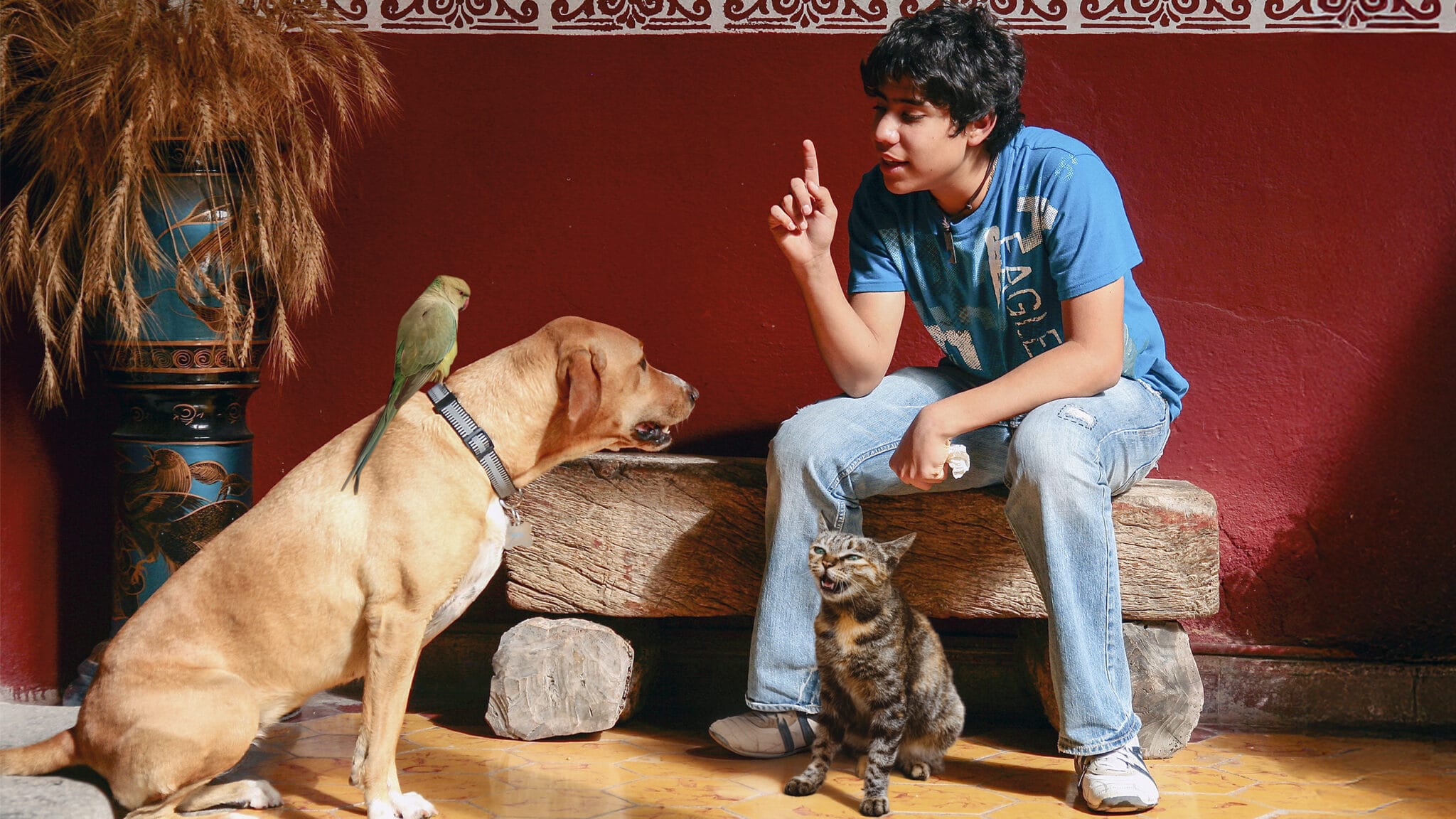Catrina Makeup Was Originally Satirizing Eurocentric Colonization But It Evolved To Celebrate Our Ancestors
During Día de los Muertos, one of the most standout elements is the makeup catrinas wear. The vibrant designs and colors are also seen on sugar skulls. The practice’s colorful history begins with La Calavera Catrina otherwise known as the elegant skull.
Unlike what we may be used to, for the Aztecs, death was a part of the cycle of life and a celebration of passing on into the next realm. Aztecs would create their own ofrendas, or offerings, to help their late loved ones transition into their next journey. This practice eventually blended with Catholicism and eventually turned into All Saints Day in some countries. All Saints Day continues to honor loved ones who have passed on and are now considered Saints under Catholic views.
The earliest creation of the catrina look was illustrated by Jose Guadalupe Posada in Mexico in 1910.
Originally an artist who would doodle satirical drawings making fun of politics at the time, Posada’s works often made it into Mexican newspapers. However, whatever it was that Posada was designing, it always included the same theme of skulls instead of normal faces.
Posada’s drawing of La Catrina was intended to mock the romanticization of the European upper class in Mexico at the time which eventually lead to the revolt against President Porfirio Diaz.
This catrina skull wore a fancy European hat, and white makeup — to poke fun at European beauty standards. It is believed that Posada’s created this symbol on Day of the Dead to encourage readers to remember their ancestors and to ensure they remain authentic to themselves.
In the mid-1940s, renowned artist Diego Rivera created his interpretation of a catrina catapulting the figure into a pop-culture legacy.
The painting ‘Dream of a Sunday Afternoon in Alameda Park,’ was created between 1946 and 1947 where Rivera painted himself and his wife Frida Kahlo next to a tall catrina. Rivera’s version of the catrina wears mostly white and an oversized feathery hat.
While the catrina look has been around for more than a century, professor of religious studies, Dr. Andrew Chesnut, at Virginia Commonwealth University, says the sugar skull makeup saw a huge boom after the legendary Disney Pixar movie, “Coco,” which transports the main character, Miguel, to the land of the dead. This celebrated the culture booming with sugar skulls, catrina makeup, and colorful ofrendas on the big screen.
The catrina look is meant to be colorful and beautiful, as a way of celebrating (not grieving) our passed relatives whose souls are still alive.
Unlike Halloween, La Catrina makeup should not be seen as a scary, gory, or bloody look.
There is also a specific traditional color scheme for catrina makeup, white, black, and red. Black and white symbolize ghosts and red represents the love we have for those who’ve left into the next life. However, nowadays artists and creators get creative using primary colors in their makeup.
La catrina, like much of our mestizo history, is mixed with both Indigenous origins and Spanish colonizer tension. But the product it has produced, is a symbol, not of death, but of life and love after death, and remembrance of one’s ancestors.
Click here to learn more about all the places that are Just An Amtrak Away.




